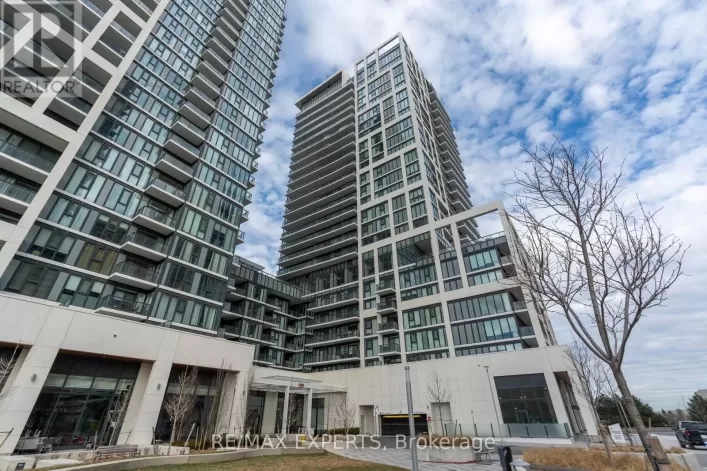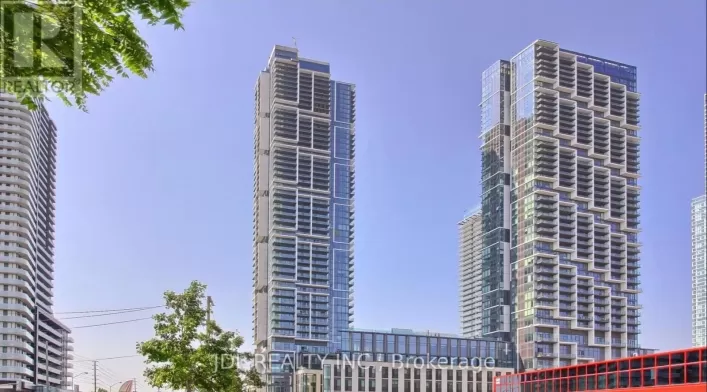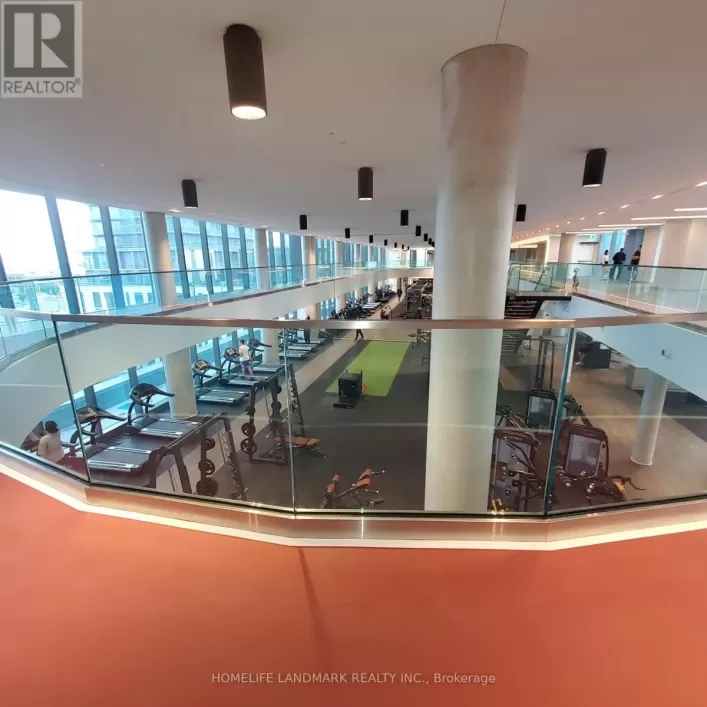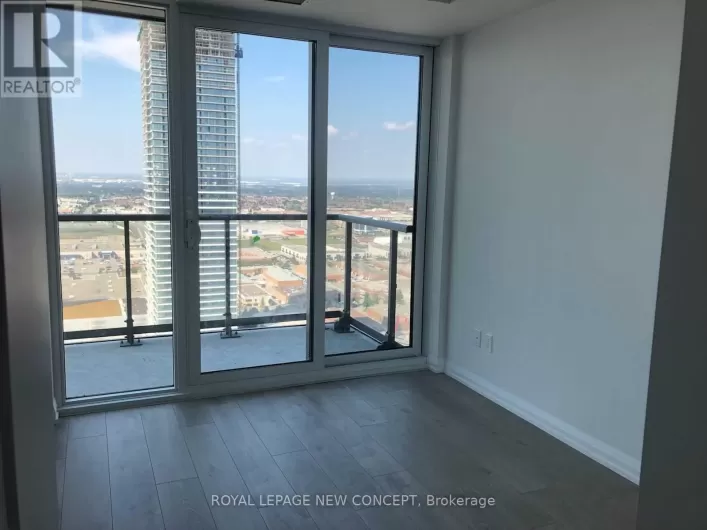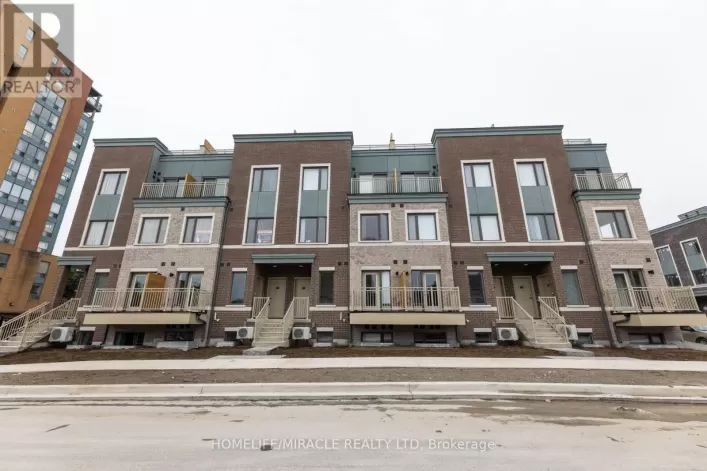Jane Street Real Estate Listings
Looking for a new home on Jane Street? Look no further than our real estate listings! We have a variety of properties available on Jane Street and the surrounding area. Whether you're looking for a cozy bungalow or a spacious family home, we have something for everyone.
Explore Jane Street's Neighborhoods
Jane Street is a bustling street in Toronto, with plenty of neighborhoods to explore. From the trendy shops and restaurants of Bloor West Village to the family-friendly community of Baby Point, there's something for everyone on Jane Street. Our real estate listings cover all of these neighborhoods and more, so you can find the perfect home in the perfect location.
Find Your Dream Home on Jane Street
Our real estate agents are experts in the Jane Street area, and we're here to help you find your dream home. Whether you're a first-time homebuyer or a seasoned real estate investor, we can guide you through the process and help you find the perfect property. Contact us today to start your search for a new home on Jane Street!


















